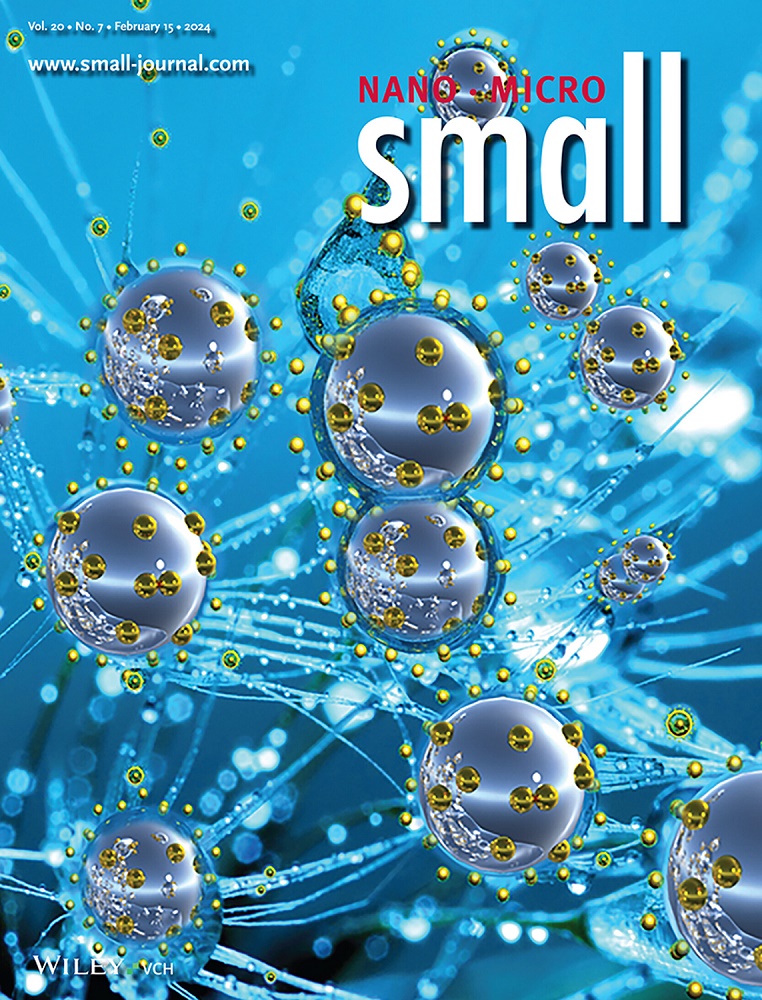锂离子电池石墨负极应变松弛的实时监测。
IF 13
2区 材料科学
Q1 CHEMISTRY, MULTIDISCIPLINARY
引用次数: 0
摘要
随着对高能量密度的推动,锂离子电池面临着越来越大的挑战,来自石墨阳极的机械应变,这是由Li +插入和提取过程中的体积波动引起的。目前的诊断限制阻碍了对内部应变演化及其与潜在离子传输机制耦合的全面阐明。在这项研究中,实现了一种嵌入式光纤传感策略,以实现石墨电极内应变动态的实时、分布式量化。该方法可以直接跟踪空间非均匀应变积累,并揭示与Li +扩散行为密切相关的应变松弛现象。弛豫过程在高电荷态(bbb80 %)时变得特别明显,并表现出强烈的热激活动力学。为了减轻局部应变浓度,进一步开发了一种沥青衍生的碳涂层策略,在石墨表面产生2.8 nm厚的非晶碳层。应变映射表明,改性石墨(Gr@P)弛豫动力学提高了约22%,分布均匀性提高了约47%。因此,Gr@P阳极提供了更好的机械完整性和电化学耐久性,在2C下循环500次后保持86.7%的容量,大大超过了原始石墨(55.0%)。这项工作建立了一种实用的机械化学询问实时方法,为高性能阳极的合理设计提供了可行的途径。本文章由计算机程序翻译,如有差异,请以英文原文为准。
Real-Time Monitoring of Strain Relaxation in Graphite Anode for Lithium-Ion Battery.
With the push for high energy density, lithium-ion batteries face growing challenges from mechanical strain in graphite anodes, arising from volume fluctuations during Li⁺ insertion and extraction. Current diagnostic limitations have impeded the comprehensive elucidation of internal strain evolution and its coupling with underlying ion transport mechanisms. In this study, an embedded fiber-optic sensing strategy is implemented to achieve real-time, distributed quantification of strain dynamics within the graphite electrode. This approach enables direct tracking of spatially heterogeneous strain accumulation and reveals a strain relaxation phenomenon intimately correlated with Li⁺ diffusion behavior. The relaxation process becomes particularly significant at high states of charge (> 80%) and exhibits strong thermally activated kinetics. To mitigate localized strain concentrations, a pitch-derived carbon coating strategy is further developed, yielding a 2.8 nm-thick amorphous carbon layer on graphite surfaces. Strain mapping demonstrates that the modified graphite (Gr@P) exhibits ≈22% enhancement in relaxation kinetics and a ≈47% improvement in distribution uniformity. Consequently, the Gr@P anode delivers improved mechanical integrity and electrochemical durability, retaining 86.7% capacity after 500 cycles at 2C -substantially surpassing the pristine graphite (55.0%). This work establishes a practical real-time methodology for mechanochemical interrogation, offering a viable pathway for the rational design of high-performance anodes.
求助全文
通过发布文献求助,成功后即可免费获取论文全文。
去求助
来源期刊

Small
工程技术-材料科学:综合
CiteScore
17.70
自引率
3.80%
发文量
1830
审稿时长
2.1 months
期刊介绍:
Small serves as an exceptional platform for both experimental and theoretical studies in fundamental and applied interdisciplinary research at the nano- and microscale. The journal offers a compelling mix of peer-reviewed Research Articles, Reviews, Perspectives, and Comments.
With a remarkable 2022 Journal Impact Factor of 13.3 (Journal Citation Reports from Clarivate Analytics, 2023), Small remains among the top multidisciplinary journals, covering a wide range of topics at the interface of materials science, chemistry, physics, engineering, medicine, and biology.
Small's readership includes biochemists, biologists, biomedical scientists, chemists, engineers, information technologists, materials scientists, physicists, and theoreticians alike.
 求助内容:
求助内容: 应助结果提醒方式:
应助结果提醒方式:


